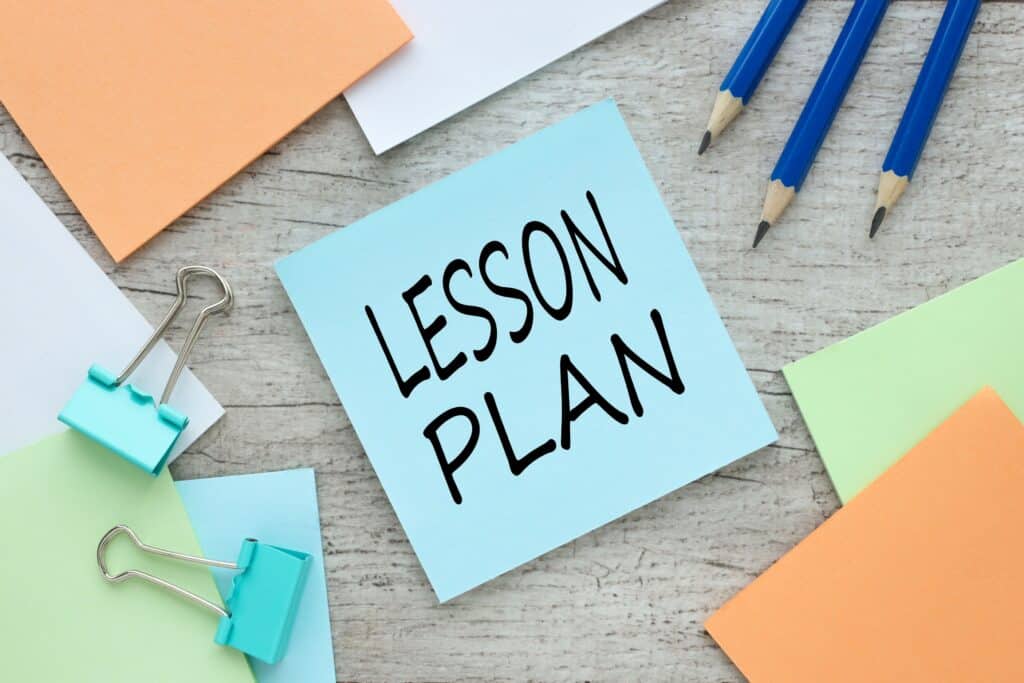Differentiated instruction is as wide open as the word differentiation itself. Differentiation is only limited by the mind of the educator. Open-mindedness is critical to a teacher’s view of differentiation and how to incorporate it into the classroom.
Students’ learning abilities are as vast as there are students in your classroom. A truly committed teacher considers their entire classroom, focusing on the goals to achieve, and the unique independence of each student.
Differentiation may look like learning limitations or just as easily speed of mastery by classes and the individuals that make up those classes. It is the responsibility and obligation of the teacher to work tirelessly to ensure that each student has the opportunity of objective mastery to the greatest extent possible.
Understanding Differentiation
Differentiation is a teaching strategy that adapts instruction to meet the diverse needs of students in the same classroom. As stated previously, these instructional adaptations can be many as there are students in your classroom.
Differentiation can help small groups of similar students in the same classroom. It allows them to meet their needs and master their goals. Also, differentiation can take on a myriad of situations among your student body.
Differentiated instruction is often necessary because of factors such as language barriers, ethnicity, gender, or educational background. The main focus of differentiation is to adopt a mindset that I teach subjects to classes of students.
But, most importantly, I teach students not only as a group but also individually as the need arises. And most certainly every classroom has “a need arises” student or students within its walls. Identifying and embracing these needs is the key to understanding differentiation and how it applies to each of your students.
Differentiation Strategies
Differentiation strategies are wide and varied throughout the educational spectrum. The bottom line for teachers is: try different strategies and be willing to adapt more to what is successful and less to those strategies that are falling short of the objective. A few tried and true strategies are, but not limited to:
Open-Ended Questions
This type of strategy is open to the entire classroom but gives students freedom to express themselves without fear of being right or wrong.
This can encourage timid students to try to answer based on what they think they know.
Peer Teaching
Peer teaching can be effective not only for the student needing a little extra help, but also to the self-esteem of the student giving help.
Of course, this strategy must be monitored carefully to ensure the objective is being taught and taught correctly.
Visual Learning
Many students can benefit from visual learning. It can obviously help visual learners a lot but it also supports those who are almost mastering the topic on their own.
Visual learning tends to drive learning deeper because as its name states, it creates a visual model for the student.
Auditory Learning
Auditory learning can be beneficial especially in the area of reading and reading comprehension.
Students that do not read well can gain valuable understanding by hearing someone else read the material. Audio books can be very beneficial to helping the student to comprehend the text.
Hands-on Learning
While hands-on learning can be very comprehensive in planning and development, the mastery level increases with hands-on experience.
Some of my favorite teachers were adept at preparing hands-on learning lessons. Many of my favorite classroom memories were from lessons taught using hands-on methods.
While these are but a few of differentiation strategies, the field is open to wherever your mind as a teacher takes you to make sure each of your students has every opportunity to master the objectives in your classroom.
As the teacher, you must assess the needs of your classroom and your students as to what techniques will work best.
Some of your ideas will work perfectly. Other techniques might flop in ways you couldn’t imagine. But, as a “teacher” to not try is a failure before you even begin to teach.
Creating Differentiated Lesson Plans
As we have seen so far with differentiation, the subject is broad and ever changing. Creating differentiation in lesson plans so they fit the needs of your students and comprehensively covers your objectives can be a challenge.
Again though, the only way you will totally fail is not to try at all. Creating differentiated lesson plans is time-consuming, and with that said, it must become a teaching priority. If you are going to teach, you must plan. If you are going to teach to reach each student, you must plan. If you are going to teach to bring each student to a mastery of the objectives, you must plan.
As you create your plans, make sure you are familiar with them. Please do not create plans just to turn in. Create your lesson plans with a purpose. As the old saying goes, “Plan your Work, and then “Work Your Plan!
When the teacher is well-planned, and the lessons are geared to all students as a group and as individuals, the plan will work. Why will the plan work? Because you, the teacher, the creator of the plan, believe in the plan and enthusiastically teach the plan.
Addressing Common Challenges
The main common challenge is time to create a differentiated plan for your classroom and your individual students.
Part of being a teacher is to set aside adequate time to prepare for what you are going to teach next. The best way to ensure this is to set aside the same time each week to prepare for the next week. The teacher should do her best to protect this time as it is imperative to great preparation.
Another challenge is to adapt as you go when things in your classroom do not go as you planned. Having a plan of instruction fall short of where you wanted to can be a challenge.
Allow yourself to be fluid and not to take a failed plan personally. Hey, some things just don’t work like we thought they would. Be flexible and be ready to change on a dime to ensure the students are learning
Differentiated instruction is a wide-open field. As I stated earlier, how to differentiate is as open as your mind. Assess your students. Try new and innovative strategies with your students. Remember what we said earlier: You teach subjects, and you teach classrooms of pupils.
The crucial part is that you educate students, each of whom is an individual relying on you to connect with them and help them become their best selves. You differentiate so they can be individual learners!
Educators never stop learning; check out our available graduate degree programs to hone your skills and promote lifelong learning and academic excellence.




